
Here’s the origin of the celebrations in 19 countries across the region.

A series of reports from Metrópoles uncovered a billion-dollar scheme, triggering further investigations and actions that led to the recovery of funds for retirees and the resignation of a minister. It all began with a Christmas story.
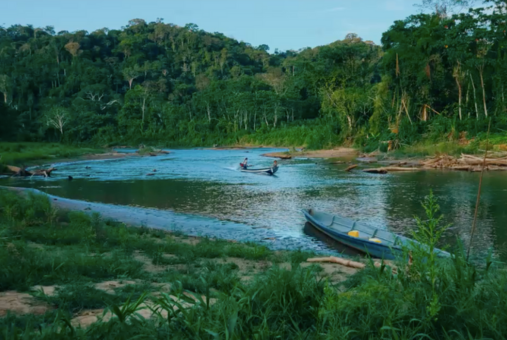
Four Latin American media outlets joined together for the project 'Until the Last Drop,' which looks at the damage oil activity inflicts on communities and ecosystems in Brazil, Ecuador, Colombia, Peru and Guyana.
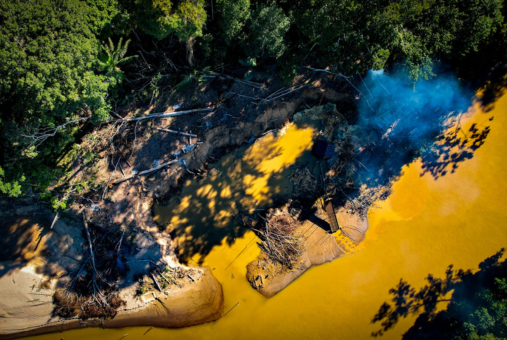
For nearly a year, a team of journalists crossed borders to trace illegal gold mining from Perú to Colombia to Venezuela. They found a web of corruption, violence, and environmental destruction operating with the complicity of those in power.

Mexico’s Aristegui Noticias reports that a major leak shows the powerful Televisa network ran a secret operation to manipulate public opinion and target judges, journalists, and even billionaire Carlos Slim.

On April 15, the Vatican formalized the dissolution of the Sodalitium Christianae Vitae, a Peru-based movement investigated by two reporters for sexual abuse, financial mismanagement, and spiritual coercion by top members.
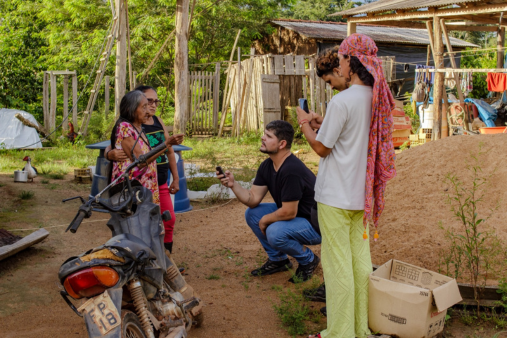
News outlets in the Brazilian state of Pará, a gateway to the Amazon and the host state of the UN Climate Change Conference, also face logistical challenges and local expectations.

After analyzing hours of body cam footage, journalists from GloboNews reported alleged abuses and misconduct by military police. They also discovered that in most legal cases, footage requested by the courts was not handed over.

A special report by Brazilian newspaper Estadão reveals the infiltration of organized crime in the cities of São Paulo and Rio de Janeiro states, exposing the role of criminal factions and militias in politics and in the 2024 municipal elections.
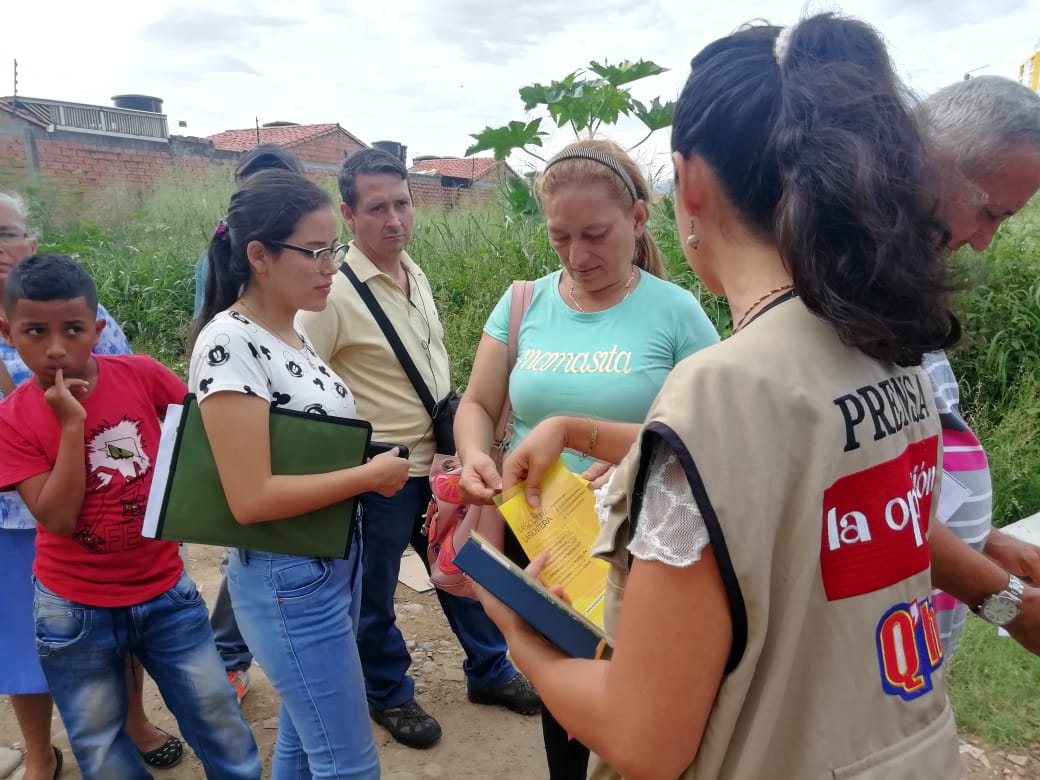
Countering narratives of hate, listening to migrants and delivering practical information are practices journalists who report on migrant communities are implementing to improve coverage ahead of possible measures from the U.S. president.
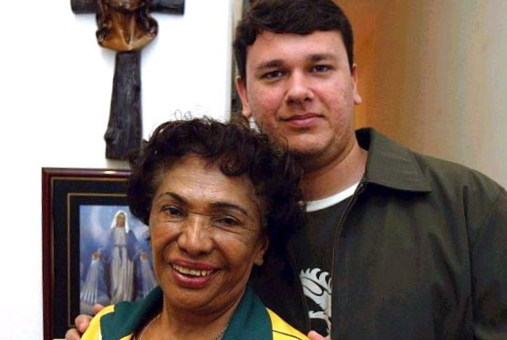
The book Dona Vitória Joana da Paz tells the story of the woman who fought against organized crime in one of Rio de Janeiro’s most famous neighborhoods, Copacabana.
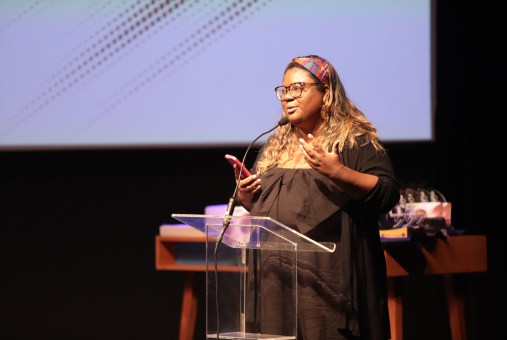
The new Network of Afro-Latin Journalists aims to increase diversity in journalism across Latin America and the Caribbean. Its members are working to overcome language barriers to combat isolation and amplify Black voices.